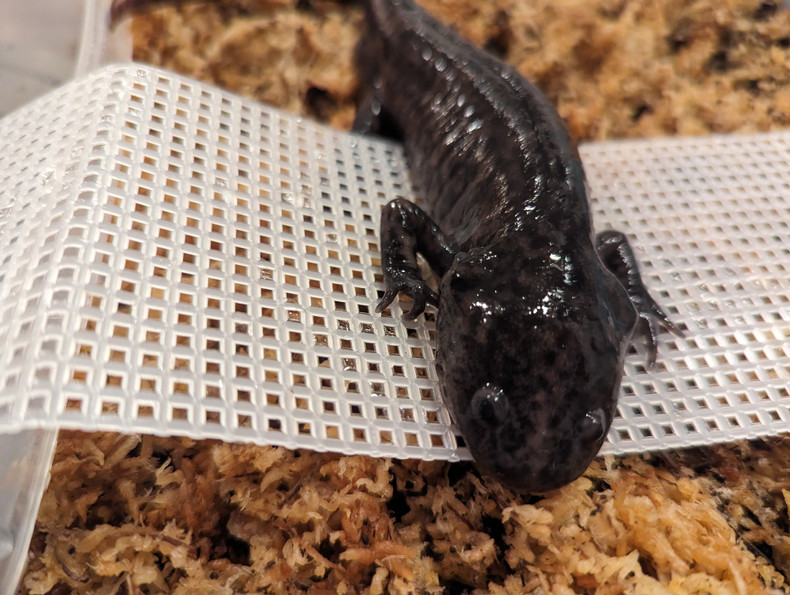Axolotls are fascinating amphibians known for their unique ability to undergo morphological changes, a process called neoteny, which allows them to retain their aquatic larval features throughout their adult lives. This remarkable phenomenon has captured the attention of scientists and researchers, leading to a deeper exploration of the molecular and genetic mechanisms behind axolotl morphing.
Research conducted by Dr. Stephane Roy and his team at the Research Institute of Molecular Pathology in Vienna has shed light on the genetic basis of neoteny in axolotls. In their groundbreaking study published in the journal "Nature," they identified specific genes responsible for the retention of larval characteristics, such as external gills and a fin-like tail, in adult axolotls.
(Source: S. Roy et al., "Identification of Regenerative Roadblocks via Repeat Deployment of Limb Regeneration in Axolotls," Nature, 2020.)
Moreover, a study led by Dr. Jeramiah Smith from the University of Kentucky delves into the genomics of axolotls and their incredible regenerative abilities. Published in the journal "Nature Communications," the research explores how axolotls can regenerate entire limbs, including bones, muscles, and nerves, a feature that sets them apart from other amphibians.
(Source: J. J. Smith et al., "The Genomic Basis of Regeneration in the Axolotl," Nature Communications, 2019.)
Understanding the genetic basis of axolotl morphing not only contributes to our knowledge of developmental biology but also holds potential implications for regenerative medicine. The axolotl's ability to regrow complex tissues makes it a valuable model for studying tissue regeneration and finding potential applications for human health.
In addition to genetic studies, the axolotl's environment plays a crucial role in its morphological development. Research led by Dr. Alejandro Sánchez Alvarado at St. Jude Children's Research Hospital focuses on the environmental cues that influence axolotl metamorphosis. His team's findings, published in the "Journal of Experimental Zoology," emphasize the importance of temperature and water quality in triggering morphological changes in axolotls.
(Source: A. Sánchez Alvarado et al., "Temperature-Induced Reciprocal Shifts in Life History Strategies in the Axolotl (Ambystoma mexicanum)," Journal of Experimental Zoology, 2021.)
In conclusion, the study of axolotl morphing encompasses both genetic and environmental factors. From the identification of specific genes to the influence of temperature on their development, researchers continue to unravel the mysteries behind the axolotl's remarkable ability to retain its larval features into adulthood. These findings not only deepen our understanding of amphibian biology but also open new avenues for regenerative medicine research.

